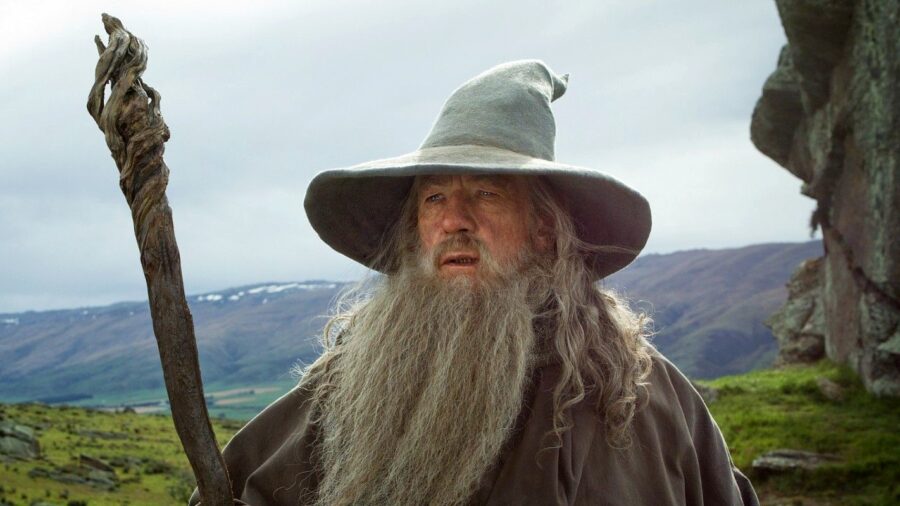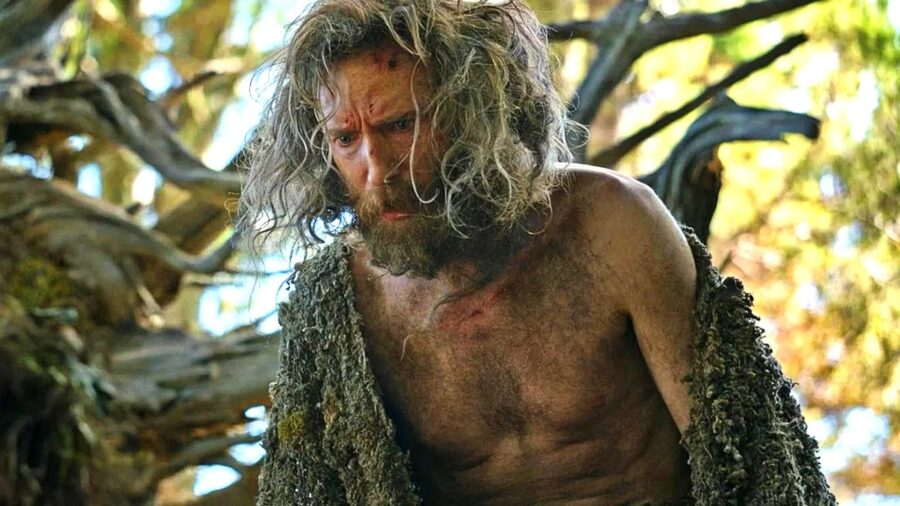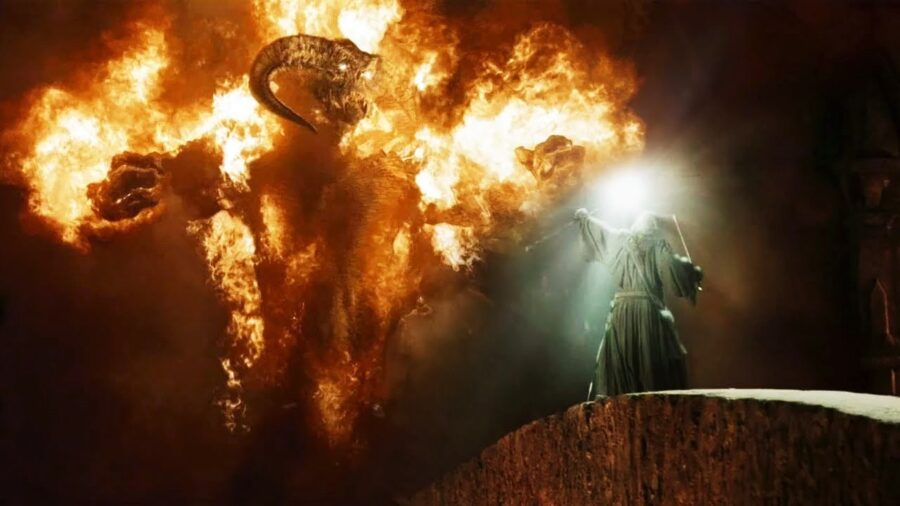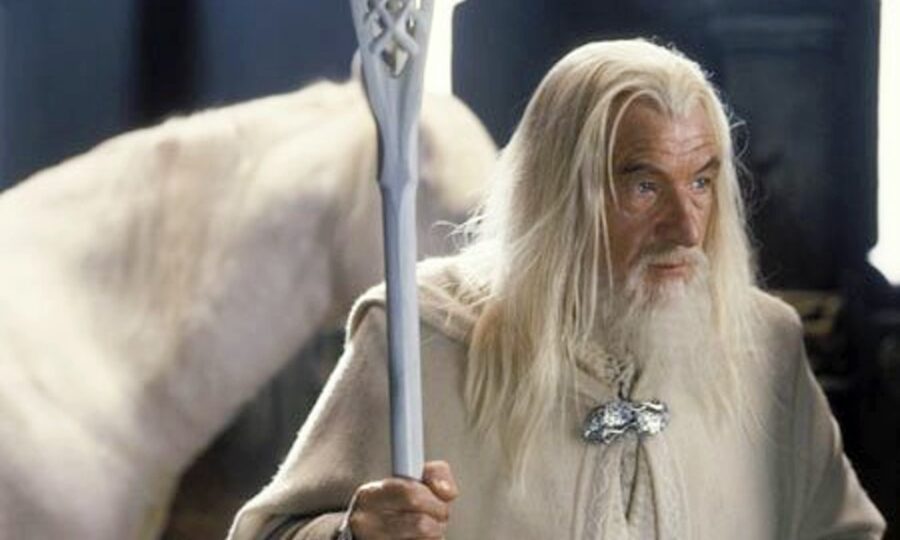What’s The Difference Between Lord Of The Rings’ Gandalf The Grey And White?

Gandalf is perhaps one of the most iconic and beloved characters in the world of J.R.R. Tolkien’s Middle-earth, so much so that even those who aren’t overly enthusiastic about the Lord of the Rings can still recognize his distinctive look, long grey beard, robe, and staff. But as seen in Peter Jackson‘s trilogy, Gandalf’s appearance changes between films. He goes from being Gandalf the Grey to Gandalf the White, and here’s exactly what that means.
Gandalf’s fall into the abyss in Khazad-dum while battling the Balrog was one of the most disheartening moments in Lord of the Ring: The Fellowship of the Ring, as the wizard sacrificed his own life to ensure that both the Fellowship and the Ringbearer survive.
Of course, that wasn’t the end of the journey for Gandalf, and the wizard returned as Gandalf the White in Lord of the Rings: The Two Towers, with an obvious change of clothing and a long, white beard. However, while this transformation seems like a simple change in aesthetic to those unacquainted with Tolkien’s narrative, the truth is that the audiences are introduced to the same, but yet very different, Gandalf.
Gandalf Is A Maia

Gandalf is more than a Hogwarts-attending wizard who learned some combat magic and went on to aid Frodo in destroying the One Ring. Gandalf is actually a Maiar, an angelic spirit in Tolkien’s mythos, originating from the same order as Sauron, the Necromancer—you might remember the confusion of the three women in Lord of the Rings: The Rings of Power who believed that the Stranger is Sauron, only to learn that he’s actually a Maiar.
When Sauron’s influence expanded in the Third Age, aided by the power of the One Ring, the building of the Dark Tower of Barad-dur, and the enslavement of Orcs, Trolls, and Nazgul, the Valar—a spirit order higher than Maiars—sent out five emissaries to aid the Free Peoples of Arda, some 2,000 years prior to the events of Lord of the Rings. One of those emissaries was the Maiar Olorin, who became incarnate as Gandalf, advanced in age but of great physical and mental ability.
Embodied as Men, these Maiar were subject to weariness, hunger, injury, and even death. Most importantly, they possessed free will, which meant that they could be tempted away from their task and seduced by Sauron.
Gandalf The Grey

Of five Maiars, also known as Istari, we only met two in the original Lord of the Rings work: Saruman the White, the head of the White Council, and Gandalf the Grey, as we met him in Lord of the Rings: The Fellowship of the Ring—the Blue Wizards were lost in the east, and Radagast was nowhere to be found.
Following his fall to the abyss in Khazad-dum, it’s easy to assume that Gandalf died. But “death” actually has a whole different meaning for incarnated spirits such as Gandalf, and instead of returning to Valinor, the Undying Lands of the West, Gandalf’s spirit was removed from space and time. The Valar are actually bound to time and space, but according to Tolkien himself, Eru Iluvatar (God) personally intervened at the moment of Gandalf’s “passing” to return Gandalf to his mortal form so that he may complete his task.
Thus, Gandalf was returned to Lothlorien, where he received his white robes. The Lord of the Rings: The Two Towers actually pushes the physical differences further by giving Gandalf pristine white robes and managed white hair, as opposed to weathered and dirty gray robes and less presentable appearance. Oh, and he found his pipeweed less appealing following his return as Gandalf the White. However, the original works revealed something entirely different.
Gandalf The White

The new Gandalf, now reminded of his duties by his superiors, was less funny and not as down-to-earth as his previous self; he didn’t waste time smoking pipes or entertaining others with fireworks. His personality shift now saw him using his powers more readily than before.
But the increase in his powers was immense. In The Lord of the Rings: The Return of the King, he was faster, stronger, and capable of dual-wielding both his staff and his sword. Not to mention that he easily broke Saruman’s staff despite losing to the White Wizard in the first movie.
In fact, his powers as Gandalf the White were so great that in the final moments of The Lord of the Rings: The Return of the King, he said to Aragorn that he was always the enemy of Sauron—implying that his own force was always meant to be an antithesis to Sauron’s evil. Apparently, all he needed was a change of clothes.












